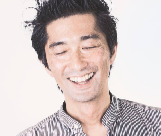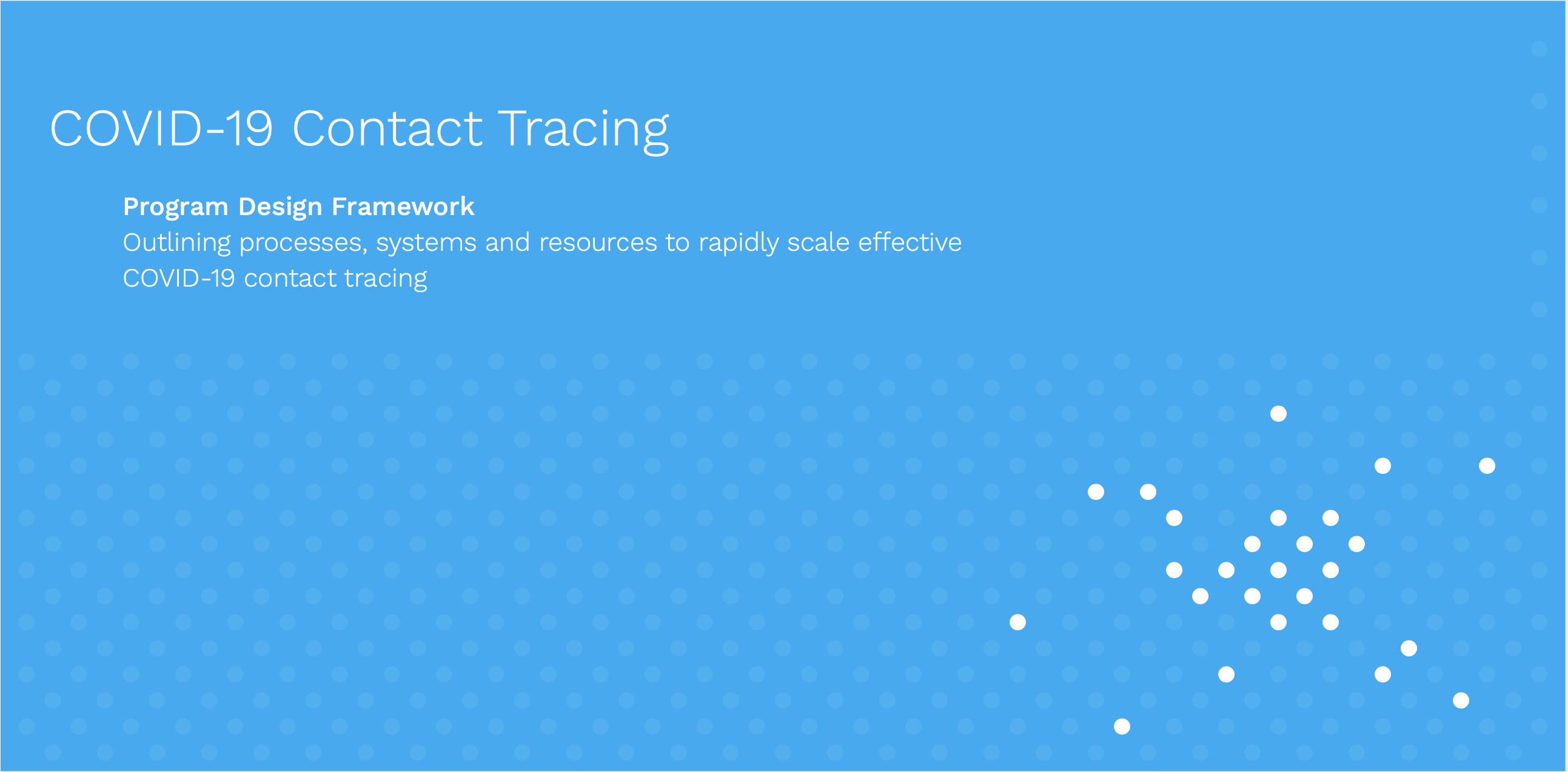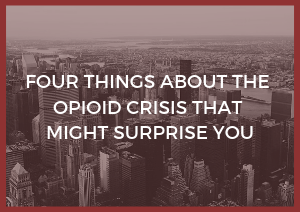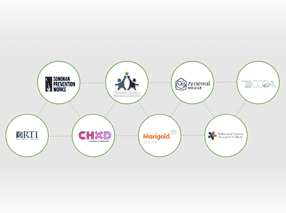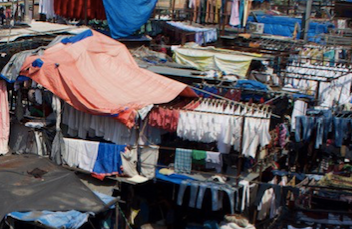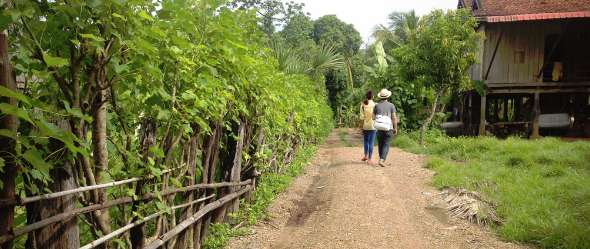
It was a different world. Under a scorching daylight, we were trudging along a gravel road, not quite knowing which direction to turn. There were no signs of neon lights, concrete or ubiquitous Lexus’ from the streetscapes of Phnom Penh. The color pallet was mostly of browns, greens and blues of the sky, instead of the usual grey. The air felt drier and cleaner.
My research pal, Thyda Eng, and I had just left Dar Commune Hall, having given a blessing by the commune chief himself to “talk to the villagers” but not a specific person to talk to by introduction. This was not part of the plan. We naively thought there would be people waiting for us, eager to tell their stories. No. We made a few calls to our local coordinator from the commune, but she was out of range.
“Let’s walk around a bit, and see who we can find.” Thyda said, and I was only too happy to oblige. This was exactly the initiative and gumption I believe human-centered designers need, I thought. Stepping out of the comfort zone of talking to curated, screened “subjects” and seeking something beyond. “Heck yes!” I thought.
Of course, it’s all easier said than done.
On top of all this, I was clueless most of the time in Kratie. Despite being in Cambodia for over two years, my Khmer is quite dismal. For the duration of the five-day trip, in general, I was more a silent observer than a helpful participant as the team negotiated the terrain and talked to the people. So, when Thyda said, “let’s” she was being charitable towards me. It was really all her, on her own.
And bravely she went on, asking me and my son which direction to go, just to be polite, but relying mostly on her own instinct. She eventually found a farmer to talk to, who was only happy to tell us about his life, and shared his wisdom and stories. It was an atypical story. He didn’t fit our idea of “rural poor”—he wasn’t poor, though not wealthy by any city standards—and had the poise and confidence of someone who’s self-made and satisfied. Something that we wouldn’t have gotten through coordinated planning, that has nonetheless mattered to our understanding of the community. The community, of course, included people like this resourceful, enterprising farmer, not just the “poor and victimized rural people” that we focused on throughout this trip.
EXPECTING UNEXPECTED
The mission for the trip was general and open-ended. We were to discover what it was like to live in rural Cambodia, where changes brought about by the market economy, climate change, and other personal, circumstantial setbacks such as sickness have significant impacts on residents’ lives. We wanted to understand how the poor end up being poor, and what the world looked like from their point of views. I was particularly interested in learning how they might see “development”—the world of privileges, donor aids and helpful technologies we normally inhabit—and its promises.
The story above notwithstanding, most people we encountered lived under very difficult conditions. Some had little to eat, and their appearance showed it. Some were ill, with little to ease their pain and suffering. Many expressed not having much of a positive outlook. The bitter reality hit all of us squarely, and I could see in the face of each of our team members the guilt, shame, and discomfort they felt. I inwardly fought the impulse to flee the scene often during our encounters. Some moments felt very contrived, some too raw and too intimate. I felt angry, I felt sad and despondent, and I felt frustrated.
These were difficult emotions to sit with, take in, and understand.
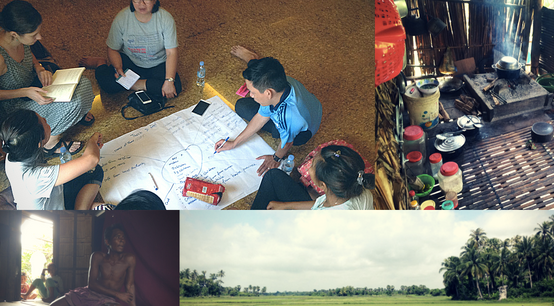 (pictures by Akira Morita, Kush Morita, Tharum Bun)
(pictures by Akira Morita, Kush Morita, Tharum Bun)
HCD at InSTEDD
Human Centered Design is, to me, about understanding. Understanding the problem. Understanding the users/beneficiaries. Understanding the context. Understanding the feedback when you try something. Then, using the understanding you have to come up with new ideas, create prototypes, and reframe the problem, and trying again.
If we were just to make things beautiful, we would need no consultation. If we were to make things work and add features that are useful to some, we could come up with a list by consulting our clients. However, if we were to make something that truly transforms the lives of its users: it’s essential to have a much fuller understanding of the users and their lives, and the context in which our creation will be used.
Understanding sometimes comes at a great cost: money, time, and most importantly, personal efforts. Efforts to reach out and connect. Efforts to withhold your own opinions and beliefs. Efforts to see things from outside of your own consciousness. Often, these efforts involve us putting ourselves in an uncomfortable place, outside of our own experience and reality, in someone else’s world. We sometimes call this “empathy.” But by labeling it with a word so abstract and overused, we often forget just how hard it is to gain true empathy with another person.
During the week we interacted with people from many backgrounds and circumstances, in four communes around the city of Kratie, we experienced this first-hand. For some of us, it was the first time that we’ve done anything like it: approaching, talking to a total stranger and trying to gain enough rapport to glean insights into the world in which they live. We had a very vague objective. We had no formal hypothesis. We had no research objective. Part of this being so open was circumstantial, part of it by design. To quote a couple of the participants as we set their intentions before we left: we wanted “to be with the family under the poverty line. Watch them, listen to their story” and to “see what is the real problem that needs to be fixed.”
MOMENTS OF CONNECTION
This would make our efforts much more difficult. Had we had a prototype, a hypothesis, or a research objective around what people thought of, it would’ve been much easier—ask a question, get an answer, record it. However, we wanted a more open setting, to try and set a stage for some real sharing of stories. Get to know each of our interviewees more deeply. Get to the empathy we so often talked about theoretically and practiced with each other.
On the field, more obstacles abounded. Sometimes, no one showed up at a scheduled meeting. Sometimes, we couldn’t communicate with each other well, and we had to cut the interview short. Sometimes, our hearing of their stories overwhelmed us to where our minds went blank. We forgot to take names, take pictures, forgot to ask before taking pictures. During this trip, I often felt like it would be a miserable failure for me as a facilitator. There was so little I could do to help each of the participants gain true insights and practices into this very difficult art.
Human Centered Design—much of it as a whole, and the act of listening and gaining empathy in particular—is a practice, and a very personal journey. It is much like meditation, which I have been attempting to share with others more as I deepened my own practice over the last 6 years or so, and have introduced to the InSTEDD team. I can tell you what you are to do, but the learning, the insights, and the benefits will come at their own pace to each individual, slowly. There’s nothing I can do to help others to have these benefits come to them sooner.
What I noticed, during the interviews themselves, and also when we got together afterward to process our learnings, is that occasionally, moments of empathy did happen. Moments of connections were beyond language, beyond thoughts and reasons. The teams really seemed to feel closer to the people we’d met. For me, personally, seeing how beautiful the people’s lives could be out there, and seeing the hardship they have, even when it’s sad, I felt connections to their experience I would never have gained without the benefit of being there, in the presence of the people. It felt warm, calm and humane to share in their stories and lives. I felt grateful.
And despite my misguided notions of otherwise, the people of Kratie were nothing but open. They looked us in our eyes and told us things exactly as they were. They didn’t hold back. They were present.
In the last two days of the trip, we reflected on our experiences, gathered our notes, and thought about how we might use what we learned. The teams worked through their break time to work on the empathy maps to get under the surface of what they heard. Some personas are emerging. A possibility for a more collaborative, participative design process with the youths in the community. Some seeds of ideas—perhaps a community garden, fishery, or a system of sharing information that is more effective and efficient.
But the practice we have gained and the skills we are developing within the team will be the biggest outcome of our undertaking so far. Because everything we do, from software design and development, to thinking about the myriads of problems we face in this society, on and off our jobs, has been touched by our experiences.

